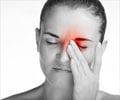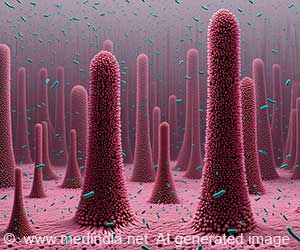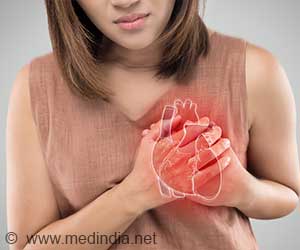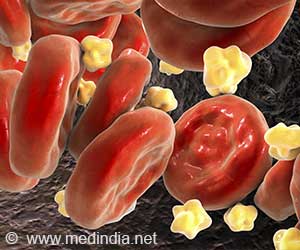Migraine triggers lead to neural damage by increasing oxidative stress through various pathways, aiding in identification of mechanisms that lead to symptoms.

- High exposure to migraine triggers leads to brain damage.
- Research now shows that oxidative stress may be the reason behind the triggers.
- Understanding the processes that lead to symptoms could provide cure.
- Intake of antioxidants can counteract the ill-effects of reactive oxygen species.
TOP INSIGHT
Including antioxidant rich foods in the diet can counteract the effects of migraine triggers in the brain.
Observation 2: Migraine triggers like hypoxia, alcohol, extreme heat or cold or hypoglycemia could affect the brain when in large amounts.
Migraines and Oxidative Stress
A molecule is said to be oxidized when it loses a hydrogen atom and becomes highly reactive, it is capable of oxidizing any molecule that it encounters. The brain has a certain amount of oxidants, and when the amount increases, it can become toxic by triggering neurological inflammation through ion channels.The various known triggers for migraines are:
- Alcohol: Exposure to large volumes of alcohol can lead to:
- Loss in volume of the frontal lobe
- Diffused white matter
- Premature aging
- Loss in volume of prefrontal complex and hippocampus
- MonoSodium Glutamate: The levels of glutamate in the brain are increased by the presence of MSG in the blood. This leads to an increase in superoxide anions through calcium influx.
- Water Deprivation: Low amount of water leads to increase in reaction oxygen species due to activation of arginine vasopressin.
- Tyramine: Tyramine that is present in cheese, aged and in red wine leads to the formation of hydrogen peroxide on degradation.
- Aspartame: It is 180 times sweeter than sugar and it is used to sweeten food and sweets. The breakdown of aspartame also increases reactive oxygen species. Other important triggers that lead to the activation of reactive oxygen species include flavanoids, mental stress, estrogen, infection, hypoxia, noise, nitrates, flavanoids, pollution, daily stressors, nitroglycerin.
- Excitotoxicity
- Change in the membrane properties of the mitochondria
- Calcium influx
- Increased production of energy by the mitochondria
- Activation of microglia
- Neuronal NADPH oxidase activation
Some anti-oxidant rich foods include grapes, blueberries, oranges, sweet potatoes, beans, whole grains and tea.
References:
- http://icnapedia.org/journal-watch/migraine-triggers-and-oxidative-stress
 MEDINDIA
MEDINDIA




 Email
Email










